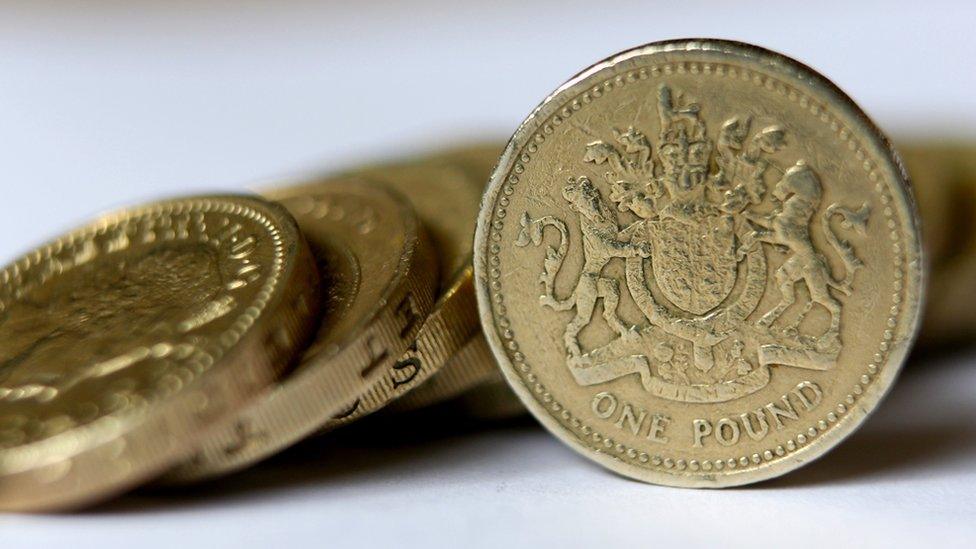Money: £28bn in old UK banknotes and coins not cashed in
- Published
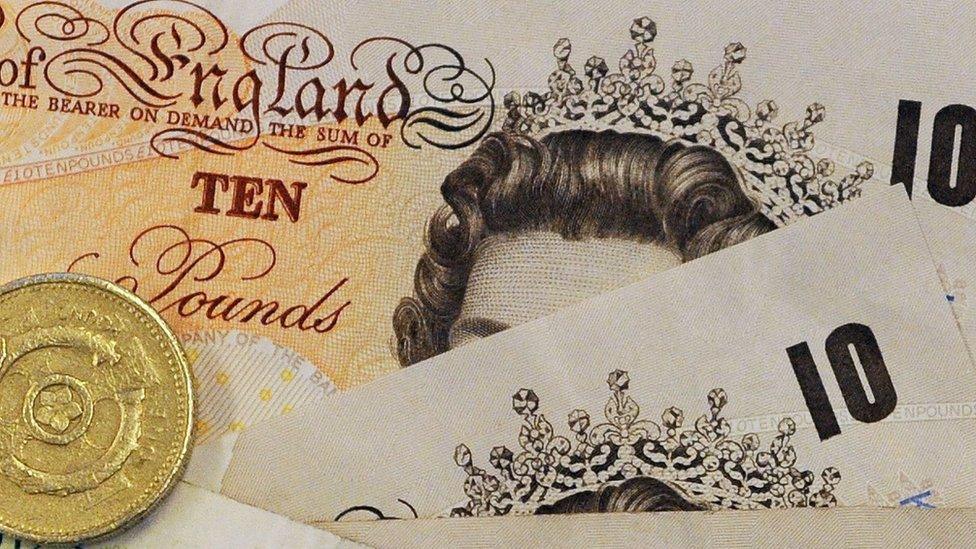
The old £10 note has gone the way of the old pound coin
More than £28bn in old fivers, tenners, £20 and even £50 notes have not been cashed in.
The paper £10 and £5 banknotes are no longer legal tender - while paper £20 and £50 notes cannot be used after September 2022.
On top of that, there are about £109m in the older round pound coins that have not been banked, according to the Royal Mint.
The Bank of England will continue to swap old notes for their face value.
Details of the cash still hiding in homes was revealed in a Freedom of Information request from BBC Wales.
The Bank of England said just over a billion paper banknotes remain in circulation.
The bank said 114 million paper £5 notes, 76 million £10 paper notes, 510 million £20 paper notes and 341 million £50 paper notes have not been returned.
The £5 notes were withdrawn in May 2017, and the £10 notes in March 2018, since when they have not been a legally accepted means of payment.
On top of the paper cash, the Royal Mint said about 1.59 billion old-style £1 coins have been returned - not including around 1.45 million that were counterfeits.
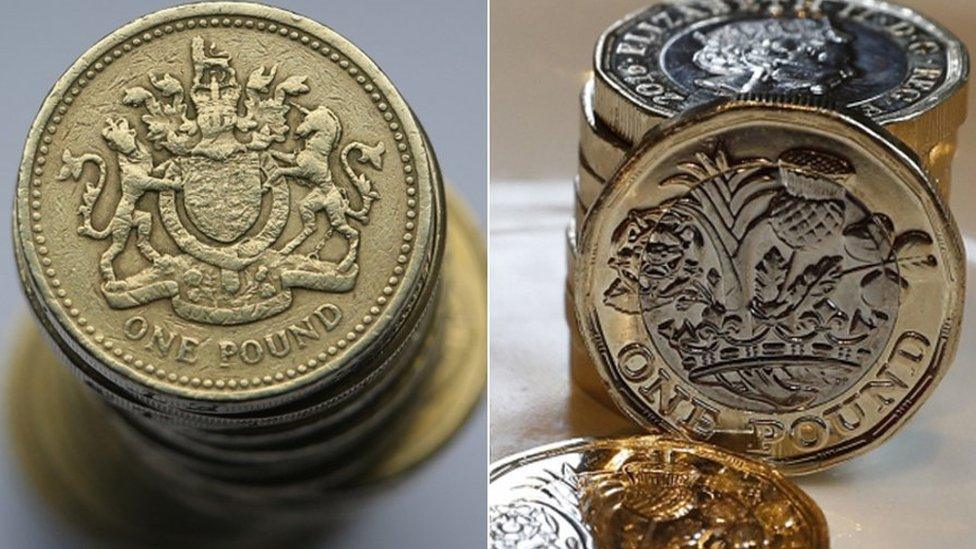
The round £1 coin was demonetised at midnight on 15 October 2017
A total of 13 million old-style £1 coins have been returned to the Royal Mint over the last year, but that still leaves 109 million of them outstanding.
The round £1 coin was replaced by the 12-sided version in October 2017, to help crack down on counterfeiting.
The old-style coin can still be deposited at your high street bank - even though it can no longer be spent in shops.
According to the Mint, external, a company wholly owned by the UK Treasury, about 138 million round £1 coins were melted down to help create some of the new ones at its base in Llantrisant in Rhondda Cynon Taf.
Alan Turing £50 banknote being printed
The £50 note is the least frequently used of the Bank of England's collection.
The newly-designed polymer £50 note featuring the portrait of Alan Turing entered circulation on 23 June this year, meaning the Bank's entire collection of currently-printed banknotes is made of plastic.
As of earlier this month, only five million £50 paper notes had been returned, leaving worth £17bn in circulation.
What happens to my old notes now then?
While the paper £5 and £10 notes are no longer legal tender, external, they will always be accepted by the Bank of England.
A spokeswoman explained "all genuine Bank of England banknotes that have been withdrawn from circulation retain their face value for all time".
People can post any old notes to the bank in Threadneedle Street, in the City of London, to be exchanged for a new-style polymer one, or they can be taken there in person but the "counter can have long queues and waiting times may be up to an hour".
If you have a UK bank account, the Bank of England said the simplest and quickest way to exchange paper £20 and £50 notes "will normally be to deposit them with your bank".
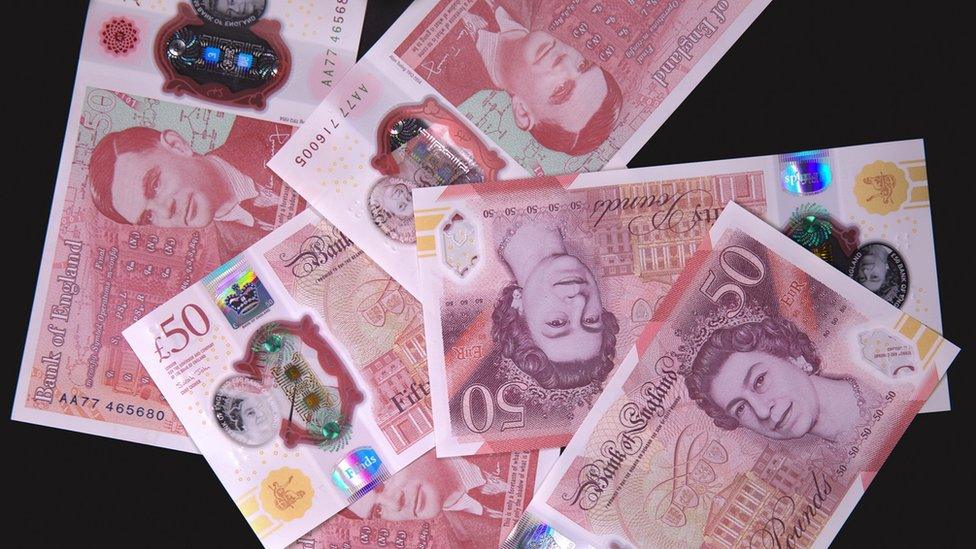
The new £50 note has a series of security features
Cash use in purchases fell sharply during the coronavirus pandemic, as lockdowns reduced the options for spending. This accelerated a trend of falling use of notes and coins in transactions.
However, cash still accounted for 17% of all payments last year, according to banking trade body UK Finance, making it the second most-popular way to pay behind debit cards.
The new £1 coin is described by the Mint as the most "secure in the world" and has a string of anti-counterfeiting details, including a hologram, and micro-sized lettering inside both rims.
It also has material inside which can be detected when electronically scanned by coin-counting or payment machines.
- Published1 July 2021
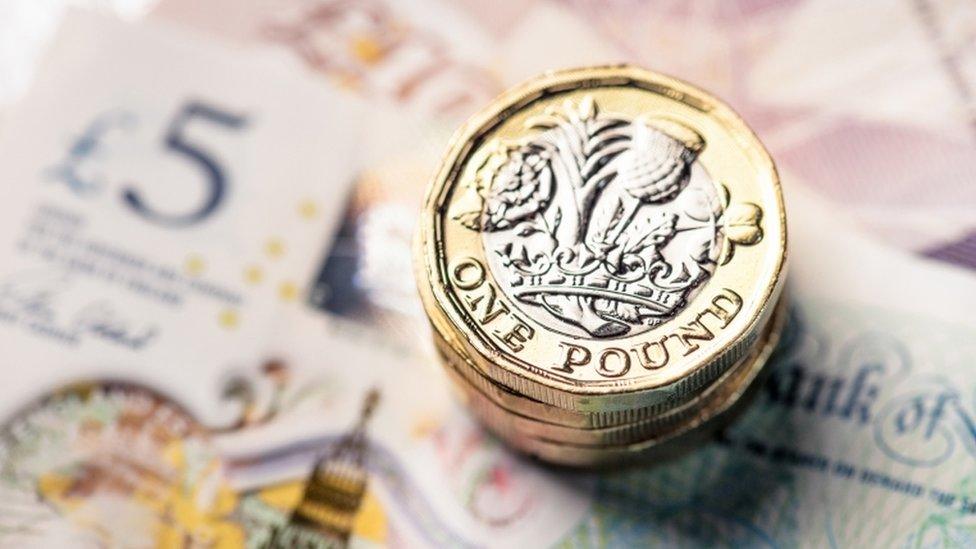
- Published25 June 2021

- Published23 June 2021

- Published30 July 2020
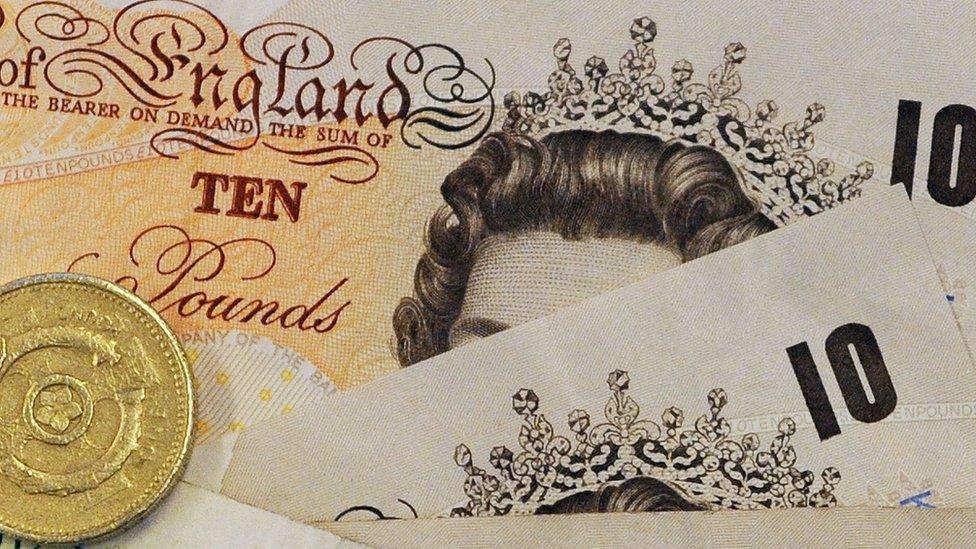
- Published29 July 2020
